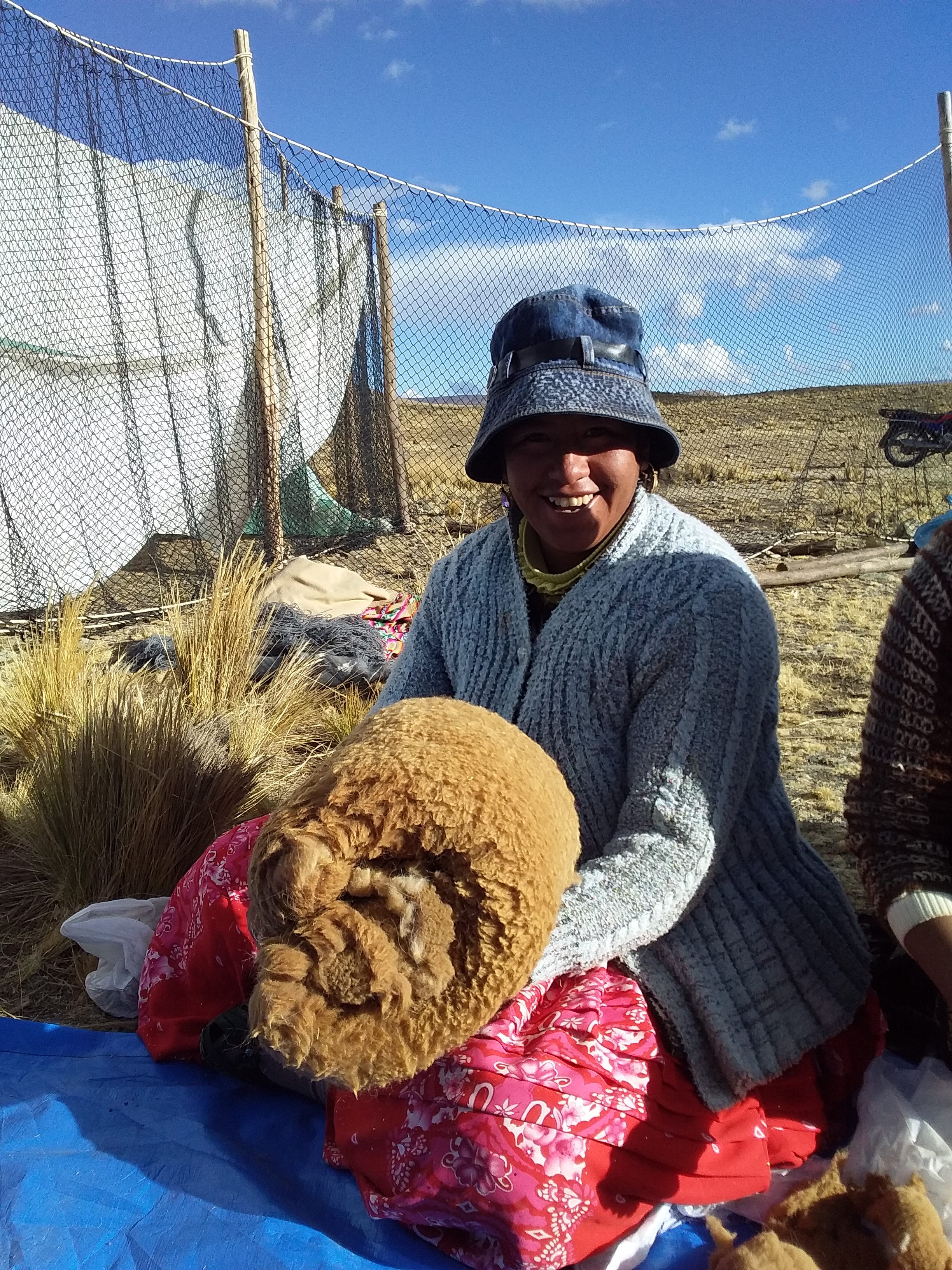Evaluación silvicultural de los bosques secundarios.
La evaluación de campo se realizó por medio de los muestreos: Diagnóstico, Silvicultural y de Remanencia, el análisis de los resultados y elaboración de un documento técnico según decreto ejecutivo 39952-MINAE del 27 de julio 2016.
El muestreo diagnóstico se utiliza para la evaluación de la productividad potencial del bosque. Se evalúan en subparcelas de 10 x 10 m, los Deseables Sobresalientes (DS), basados en la metodología de Hutchinson (1993) y Quirós (1998) citado por Louman et al. (2001).
El muestreo silvicultural está dirigido a árboles y palmas con DAP superior a 10 cm. Este muestreo determina la composición y estructura vertical y horizontal del bosque. Se determina el número de árboles, nombre científico, área basal de las especies para crear cuadros y curvas de distribución por hectárea.
El muestreo de remanencia consiste en obtener la información de los árboles más grandes y viejos del bosque, a estos árboles se les denomina remanentes. El diámetro mínimo de corta establecido para la cosecha forestal, en general, es el diámetro mínimo para clasificar los árboles como remanentes. En bosques secundarios, los árboles remanentes son árboles que ya se encontraban en el sitio antes de su abandono.
- Ya existía la legislación creada en cuanto a la forma de realizar acciones para intervenir los bosques secundarios.
- Esta legislación está basada en investigaciones suficientes y relevantes en el mismo país para ratificar que lo realizado es aplicable y no es necesario "tropicalizar" metodologías o prácticas.
- Existen profesionales con experiencia en aplicar estas metodologías en campo de forma existosa.
- Hacer prácticas de medición antes de realizar el trabajo de campo para homologar criterios y retroalimentar prácticas de medición ya que algunas de los datos a recopilar son cualitativos por lo que el criterio es subjetivo.
- Marcar con pintura o cinta de campo los inicios y finales de las parcelas en cada transepto y tomar punto con GPS.
- Cada cinco parcelas indicar en un árbol cercano el consecutivo de la numeración de la parcela por si se tiene que regresar a verificar o revisar datos sea más fácil ubicarse en el campo.
